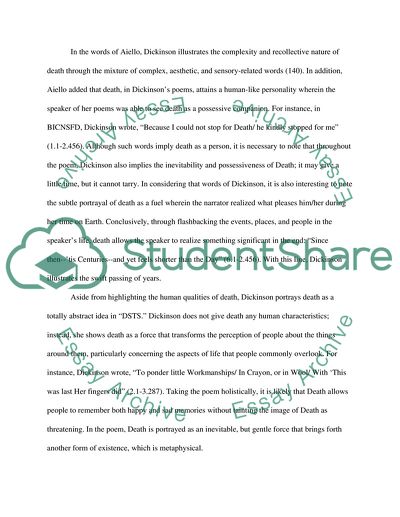Cite this document
(Emily Dickinsons Portrayal of Death Research Paper, n.d.)
Emily Dickinsons Portrayal of Death Research Paper. Retrieved from https://studentshare.org/literature/1789162-emily-dickinsons-portrayal-on-death-through-her-works
Emily Dickinsons Portrayal of Death Research Paper. Retrieved from https://studentshare.org/literature/1789162-emily-dickinsons-portrayal-on-death-through-her-works
(Emily Dickinsons Portrayal of Death Research Paper)
Emily Dickinsons Portrayal of Death Research Paper. https://studentshare.org/literature/1789162-emily-dickinsons-portrayal-on-death-through-her-works.
Emily Dickinsons Portrayal of Death Research Paper. https://studentshare.org/literature/1789162-emily-dickinsons-portrayal-on-death-through-her-works.
“Emily Dickinsons Portrayal of Death Research Paper”, n.d. https://studentshare.org/literature/1789162-emily-dickinsons-portrayal-on-death-through-her-works.


